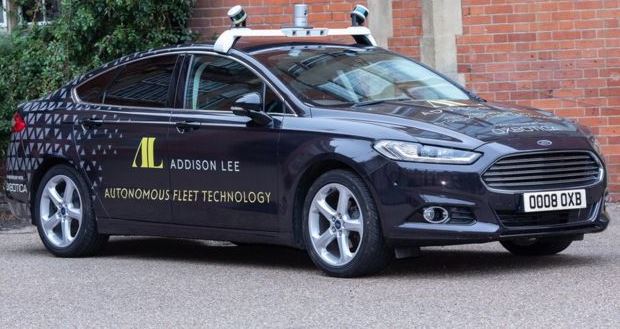The number of vehicles with embedded connectivity will reach 200 million globally by 2025; rising from 110 million in 2020.
This is according to Juniper Research, which stated that one of the main beneficiaries of this growth will be mobile operators. The incorporation of embedded SIM cards (eSIMs) into vehicles will enable operators to leverage their existing network infrastructure to claim $3 billion of additional service revenue by 2025, by acting as machine-to-machine connectivity providers.
The new research predicted that eSIMs will act as the catalyst for future operator service deployments in the connected car space. Smaller form factors and higher physical durability of eSIM modules will attract car companies to the new standard over existing traditional SIMs.
The research urges operators to leverage wholesale agreements with automotive equipment manufacturers to create steady revenue streams from the connected car market. However, operators must ensure the provision of management services, either directly, or via partnerships with established Internet of Things platforms, to attract high spending automotive manufacturers to their networks.
Research co-author Sam Barker said: "As the adoption of embedded SIMs increases, operators’ success in the market will be determined by which platforms can offer the most comprehensive value-added services to automotive manufacturers."
The research predicted that there will be 30 million vehicles globally with embedded 5G connectivity by 2025. As embedded 5G connectivity becomes more prevalent in vehicles, Juniper Research anticipates that around a quarter of cellular data generated by vehicles will be attributable to 5G-capable vehicles by the same year, despite representing only 14 per cent of the installed base of vehicles with embedded connectivity.
As a result, operators will need to charge a premium for 5G automotive connections, in order to account for the additional network traffic generated by 5G-based automotive traffic.
Latest News
-
UK confirms October hack on Foreign Office systems as investigation continues
-
Deichmann launches new order fulfilment system
-
SoFi unveils 'first US' bank‑issued stablecoin
-
UK government to ban ‘nudification’ tools
-
Bank of England governor says AI will ‘displace jobs’
-
PornHub probes reported breach affecting premium users’ viewing data
The future-ready CFO: Driving strategic growth and innovation
This National Technology News webinar sponsored by Sage will explore how CFOs can leverage their unique blend of financial acumen, technological savvy, and strategic mindset to foster cross-functional collaboration and shape overall company direction. Attendees will gain insights into breaking down operational silos, aligning goals across departments like IT, operations, HR, and marketing, and utilising technology to enable real-time data sharing and visibility.
The corporate roadmap to payment excellence: Keeping pace with emerging trends to maximise growth opportunities
In today's rapidly evolving finance and accounting landscape, one of the biggest challenges organisations face is attracting and retaining top talent. As automation and AI revolutionise the profession, finance teams require new skillsets centred on analysis, collaboration, and strategic thinking to drive sustainable competitive advantage.
© 2019 Perspective Publishing Privacy & Cookies








Recent Stories